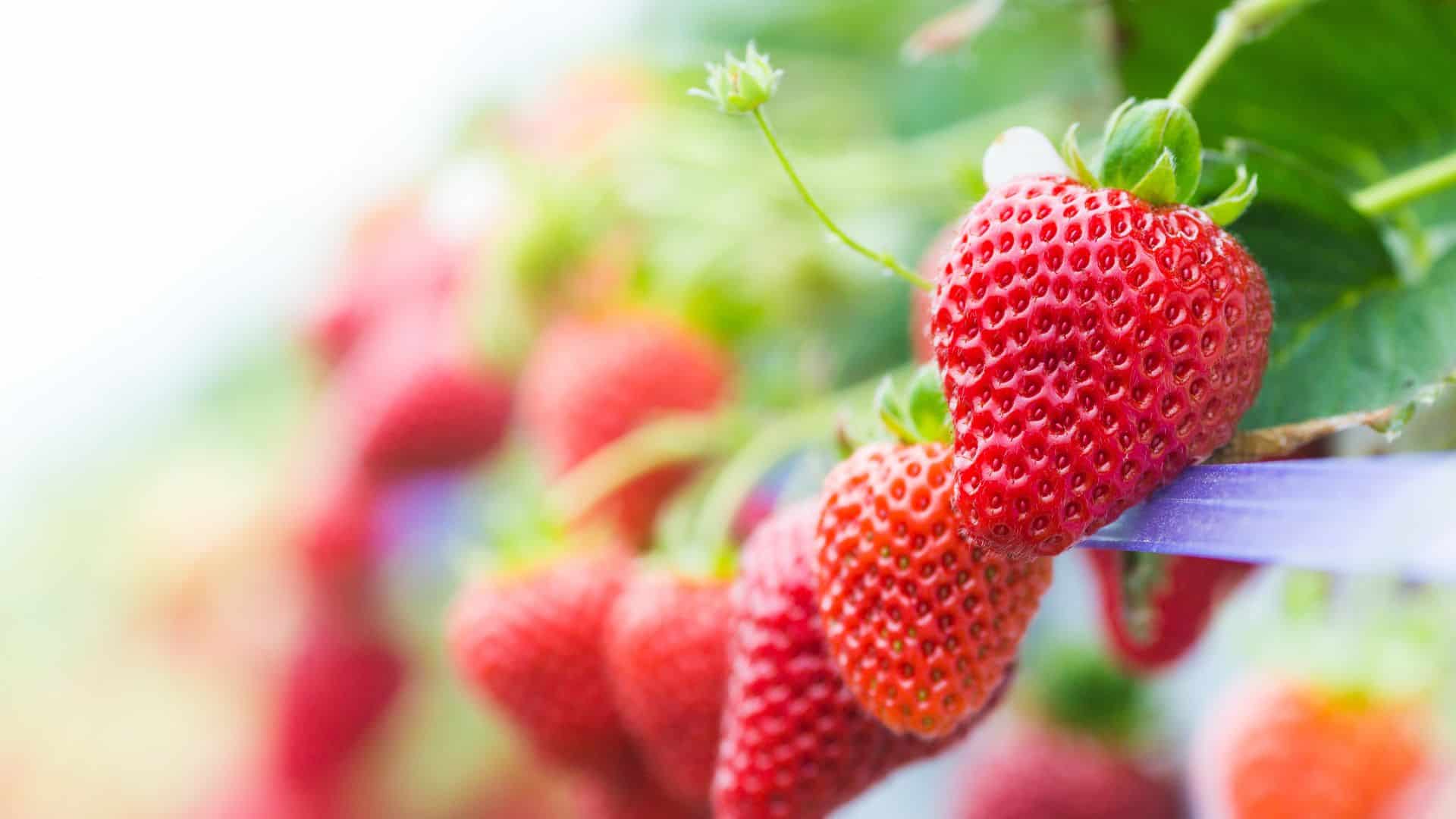How to Grow High-Yield Hydroponic Strawberries with Coco Coir and Vertical Farming Systems
Strawberries are a beloved fruit known for their sweetness and versatility, appearing in everything from breakfast dishes to desserts. Traditionally grown in soil, strawberries are now increasingly cultivated in hydroponic systems, offering enhanced control over nutrients and growing conditions. One of the most promising hydroponic substrates is coco coir, a renewable resource derived from coconut husks. This blog post delves into how to grow hydroponic strawberries using coco coir and vertical farming systems.
Preparing Coco Coir
Step 1: Rinse and Soak Coco Coir
If your coco coir is not pre-washed, begin by rinsing it thoroughly until the water runs clear. This removes any salts or impurities that could potentially harm your strawberries. After rinsing, soak the coco coir in water for several hours (24 hours in general) to allow it to expand. Expanded coco coir provides an ideal structure for the strawberry plant roots, facilitating better water and nutrient absorption.
Set Up the Vertical Farming System
Step 2: Fill the System with Coco Coir and Perlite
After your coco coir is prepared, fill your vertical farming system with it. To improve drainage, mix in some perlite. Perlite aids in preventing waterlogging and ensures that your plant’s roots receive the right amount of moisture.
When it comes to mixing perlite with coco coir, the ratio can vary depending on your specific needs. However, for strawberries grown in a hydroponic system, a good starting ratio is 70% coco coir and 30% perlite. This ratio ensures excellent water retention while still providing sufficient drainage to prevent over-saturation. Remember, the goal is to create a medium that holds moisture and nutrients well but does not become waterlogged. Adjust the ratio as needed based on the specific water retention and drainage needs of your strawberry plants.
Planting Procedures
Step 3: Plant the Strawberries
Once your system is filled, plant your strawberry seedlings, spacing them about 6 inches apart. Proper spacing is essential for optimal growth and fruit production.
Watering and Nutrition
Step 4: Regular Watering
Coco coir has an excellent water-retaining capacity, which makes it easier to maintain the moisture levels your strawberries need. However, be cautious not to overwater, leading to waterlogged roots.
Step 5: Fertilize Regularly
Feed your strawberries with a balanced nutrient solution diluted to half strength for optimal growth. Too strong a solution can lead to nutrient imbalances.
Step 6: Monitor pH Levels
Strawberries prefer a pH range of 5.5 to 6.8. Regularly test the nutrient solution’s pH and adjust as needed using pH up or down solutions.
Tips for Growing High-Yield Strawberries
- Choose the Right System: Opt for a vertical farming system designed explicitly for strawberries. These often come with built-in irrigation and fertilization systems, streamlining plant care.
- Proper Placement: Locate your vertical farming system in an area where it will receive at least 6 hours of sunlight daily. Sunlight is crucial for photosynthesis and fruit production. If you are growing indoor , consider using grow lights.
- Pollination: Pollinate the strawberries manually or using a beehive to ensure a good fruit set.
- Mulching: Use straw or another organic material to mulch around the strawberry plants. This helps retain moisture and suppress weeds.
- Plant Health: Periodically inspect your strawberry plants for any dead or diseased leaves and fruits and remove them promptly.
Harvesting Strawberries
Typically, strawberries are ready for harvest 6-8 weeks after planting. Pick the berries when they are fully ripe and red. Exercise care while harvesting to avoid damaging the plants.
By adhering to these steps and tips, you can effectively grow high-yield hydroponic strawberries using coco coir and vertical farming systems.
Thank you for reading!



